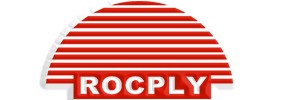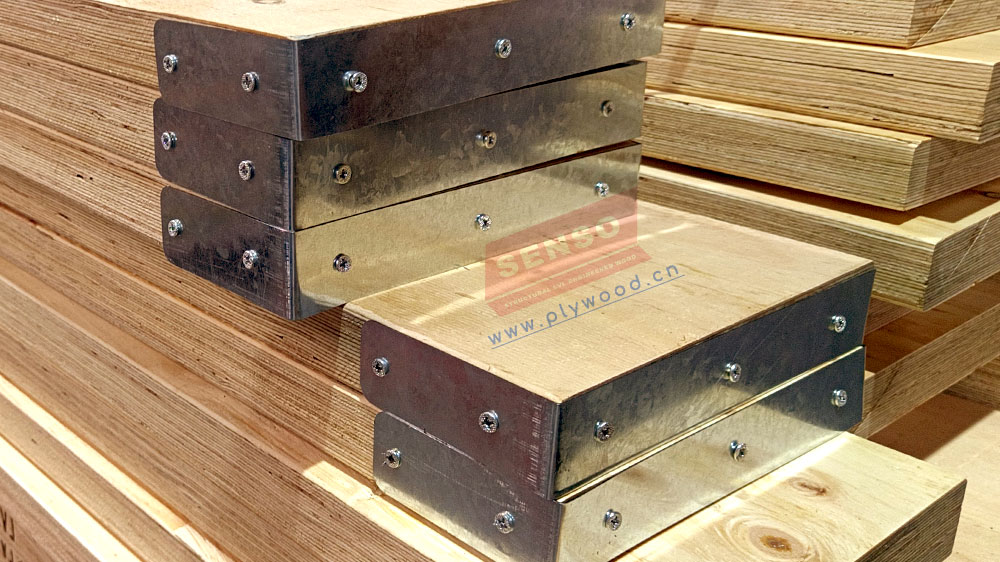What are Scaffold Boards?
Scaffold boards, synonymous with scaffolding planks, timber planks, and scaffold planks, are fundamental components in construction and design. These sturdy boards, often made of wood or metal, provide a safe and stable working surface for various construction tasks. Their versatility and durability make them an indispensable tool in building projects, from small-scale renovations to large construction sites.
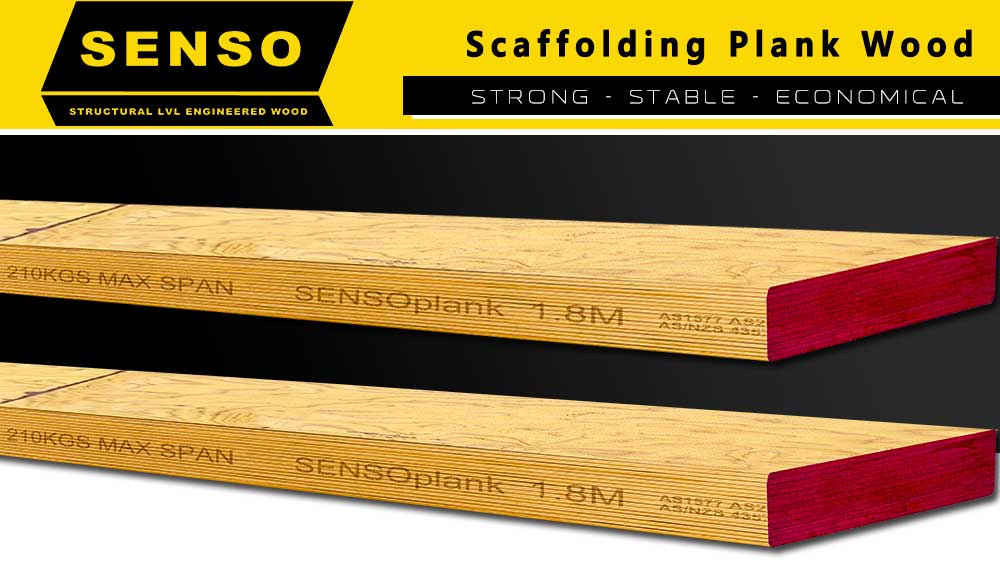
The Role of Scaffold Boards in Modern Construction
Safety and Reliability
Scaffold boards are critical for ensuring safety on construction sites. Their robust design supports workers and materials, reducing the risk of accidents and injuries. Advances in materials and construction have further enhanced their reliability and load-bearing capacity.
Versatility in Use
The versatility of scaffold boards extends beyond traditional construction. They are increasingly used in innovative design projects, temporary structures, and even in artistic installations. Their adaptability makes them ideal for a wide range of applications.
Sustainability and Eco-Friendly Practices
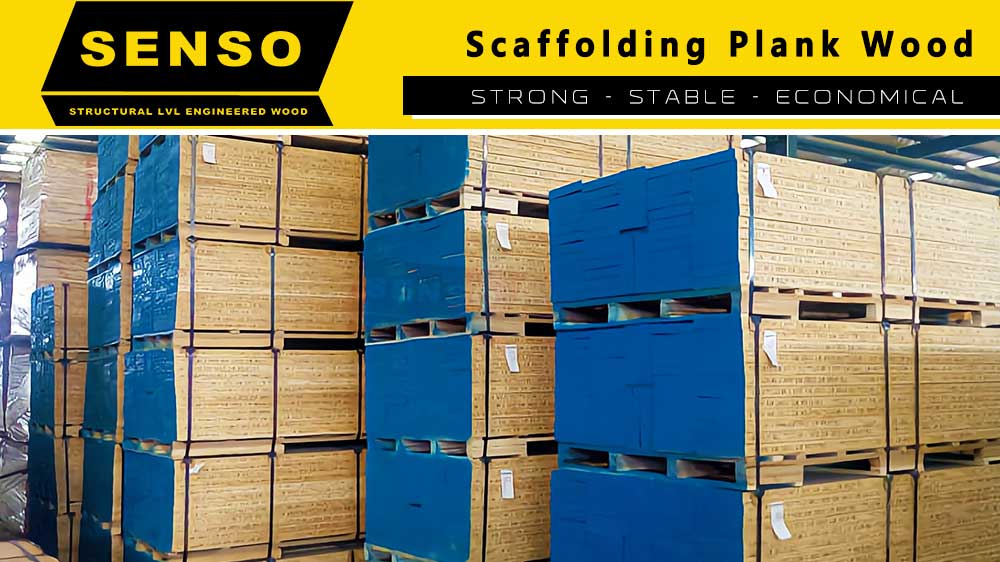
Sustainability is a growing focus in the scaffold board industry. The shift towards using eco-friendly materials, such as responsibly sourced timber or recycled components, reflects a broader industry trend towards environmentally conscious practices.
Advancements in Scaffold Board Technology
Material Innovations
Recent advancements in materials have revolutionized scaffold board technology. The development of lighter, stronger materials has led to more efficient and safer construction practices.
Smart Technology Integration
Integration of smart technology into scaffold boards is an emerging trend. Features like built-in safety sensors and durability monitors are enhancing the functionality and safety of these essential tools.
Customization for Specific Needs
Customization of scaffold boards to meet specific project requirements is becoming more common. Tailored dimensions, materials, and features allow for greater flexibility and efficiency in construction and design projects.
Global Market Trends in Scaffold Board Industry
Growing Demand in Construction
The global demand for scaffold boards is driven by the continuous growth in construction and infrastructure development. This demand is particularly strong in rapidly urbanizing regions, where large-scale construction projects are commonplace.
Innovations in Manufacturing
Innovations in the manufacturing of scaffold boards, such as automated production lines and sustainable manufacturing practices, are shaping the future of the industry. These advancements are improving the quality, efficiency, and environmental impact of scaffold board production.
Market Expansion and Diversification
The scaffold board market is not only expanding but also diversifying. New applications in areas like interior design, landscaping, and art installations are opening up additional markets for these versatile boards.
Scaffold Boards in Innovative Architecture and Design
Aesthetic and Functional Integration
Scaffold boards are increasingly recognized for their aesthetic appeal in addition to their functional use. Architects and designers are incorporating scaffold boards, including timber and scaffold planks, into both interior and exterior designs, valuing their rustic charm and versatility.
Eco-Friendly Building Trends
The trend towards sustainable building practices has further elevated the role of scaffold boards in construction. Using reclaimed or sustainably sourced scaffold boards aligns with green building standards, promoting environmental responsibility.
Adaptability in Temporary Structures
Scaffold boards are ideal for constructing temporary structures due to their durability and ease of assembly and disassembly. This adaptability makes them a preferred choice for event staging, temporary exhibitions, and emergency shelters.
The Economic Impact of Scaffold Board Industry
Job Creation and Skill Development
The scaffold board industry contributes significantly to job creation and skill development. From manufacturing to installation, the sector provides diverse employment opportunities and promotes skill enhancement in carpentry, construction, and design.
Boosting Local Economies
Local economies benefit from the scaffold board industry, especially in regions with robust construction and manufacturing sectors. The industry’s growth stimulates local businesses and contributes to the overall economic development.
Global Trade and Export Opportunities
The international market for scaffold boards presents lucrative export opportunities. Quality scaffold boards, particularly those with unique features or sustainable credentials, are in high demand globally, opening up new markets for producers.
Challenges and Innovations in Scaffold Board Usage
Meeting Safety Standards
One of the primary challenges in the scaffold board industry is adhering to rigorous safety standards. Continuous innovation and compliance with international safety norms are crucial for maintaining trust and reliability in the market.
Innovative Solutions to Industry Challenges
In response to these challenges, manufacturers and researchers are developing innovative solutions. These include advanced materials that are lighter yet stronger and new designs that offer greater safety and versatility.
Overcoming Supply Chain Disruptions
The scaffold board industry, like many others, faces supply chain disruptions. Adapting to these challenges requires flexible manufacturing processes, diversified sourcing strategies, and robust logistics planning.
The Future of Scaffold Boards in Construction and Beyond
Predictions for Technological Advancements
The future of scaffold boards is likely to be shaped by further technological advancements. Innovations in materials science, coupled with digital and smart technologies, are expected to produce even more efficient, safe, and versatile scaffolding planks.
Expanding Beyond Traditional Construction
Scaffold boards are set to expand their role beyond traditional construction uses. Their potential in areas like modular housing, urban farming, and creative arts showcases the versatility and adaptability of these essential components.
Focus on Environmental Sustainability
Environmental sustainability will continue to be a key focus in the scaffold board industry. Efforts to reduce carbon footprint, recycle materials, and promote sustainable forestry practices are expected to gain more prominence in the coming years.
Scaffold Boards as a Solution for Modern Urban Challenges
Urban Renewal and Infrastructure
Scaffold boards play a pivotal role in urban renewal projects and infrastructure development. Their robustness and adaptability make them ideal for the diverse needs of urban construction, from high-rise buildings to public transportation projects.
Supporting Smart City Initiatives
In smart city initiatives, scaffold boards are essential for the rapid construction and modification of urban spaces. Their versatility facilitates the dynamic changes required in smart urban planning, contributing to more efficient and sustainable cityscapes.
Innovations in Urban Landscaping
The use of scaffold boards in urban landscaping demonstrates their adaptability. From rooftop gardens to public art installations, scaffold planks provide a sustainable and aesthetic medium for urban beautification and community projects.
Enhancing Safety and Compliance in Scaffold Board Usage
Advancements in Safety Features
Continual advancements in the safety features of scaffold boards are vital for the industry. Innovations such as improved grip surfaces, enhanced load-bearing capacities, and integrated safety systems are setting new standards in construction safety.
Compliance with International Standards
Ensuring compliance with international safety and quality standards is a major focus for scaffold board manufacturers. This commitment to standards not only enhances safety but also boosts global trade opportunities.
Training and Certification Programs
The development of training and certification programs for scaffold board users is key to ensuring safe and effective usage. These programs are crucial for workers to stay abreast of the latest safety protocols and technological advancements.
Global Environmental Impact of Scaffold Boards
Reducing Environmental Footprint
The scaffold board industry is increasingly focused on reducing its environmental footprint. This includes using sustainable materials, implementing eco-friendly manufacturing processes, and encouraging recycling and reuse of scaffold boards.
Promoting Sustainable Forestry
Sustainable forestry practices in the production of timber timber planks are crucial for environmental conservation. These practices ensure the long-term availability of wood resources while protecting biodiversity and ecosystems.
Lifecycle Analysis and Eco-Design
Lifecycle analysis and eco-design principles are becoming more prevalent in the scaffold board industry. These approaches consider the environmental impact of scaffolding planks from production to disposal, aiming for minimal ecological impact.
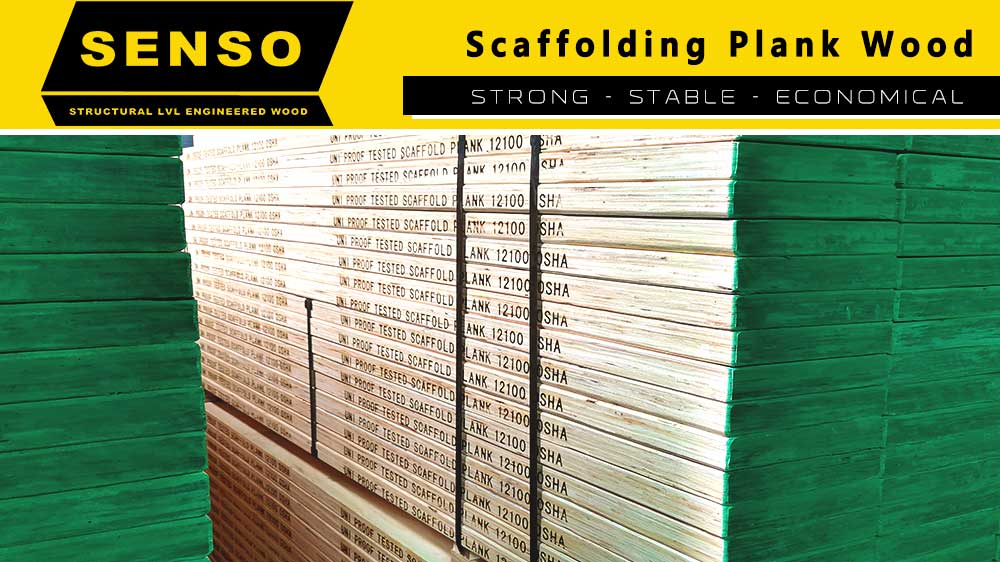
FAQs (Frequently Asked Questions) about Scaffold Boards
What are scaffold boards used for?
Scaffold boards are primarily used in construction for providing safe, stable platforms for workers and materials at various heights. They also find applications in design and landscaping projects.
Why are scaffold boards so expensive?
The cost of scaffold boards is influenced by factors such as material quality, safety features, and manufacturing processes. The investment in durable and safe scaffold planks can lead to long-term cost savings in terms of reduced accidents and longer lifespan.
How big are scaffold boards?
The size of scaffold boards varies, but standard dimensions are usually around 225mm in width and 38mm in thickness, with varying lengths to suit different requirements.
Is scaffold board hardwood?
Scaffold boards can be made from various types of wood, including softwood and hardwood. The choice depends on factors like strength requirements, weight, and cost.
Are scaffold boards strong?
Yes, scaffold boards are designed to be strong and durable to safely support workers and materials in construction settings. They undergo rigorous testing to meet safety standards.
Are scaffold boards waterproof?
While timber planks are not inherently waterproof, they can be treated with waterproofing agents to enhance their durability against moisture and weather conditions.
Scaffold boards, encompassing scaffolding planks, timber planks, and scaffold planks, stand as a testament to innovation and versatility in modern construction and design. Their integration into various projects, from urban development to creative installations, highlights their indispensable role. With a continued focus on safety, sustainability, and technological advancement, scaffolding planks are poised to remain a crucial element in shaping the built environment and supporting sustainable practices worldwide.
Post time: Dec-23-2023
